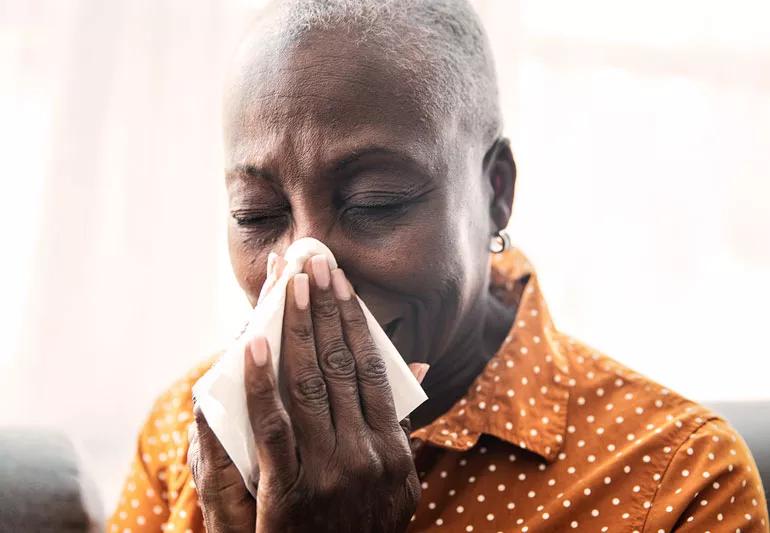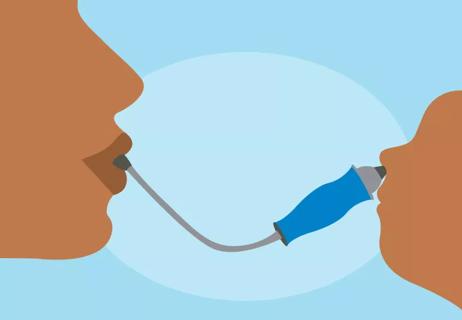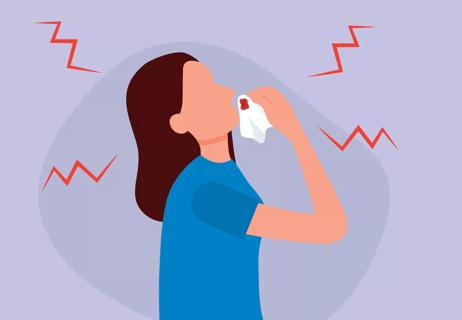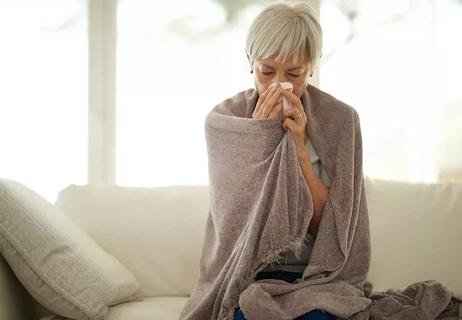Reduce unnecessary antibiotics to help your immune system

The “good bacteria” in our gastrointestinal tracts has gotten a lot of attention lately, but our guts aren’t the only places that host good bacteria. Our noses, sinuses and nasal passages contain similar colonies of beneficial bacteria.
Advertisement
Cleveland Clinic is a non-profit academic medical center. Advertising on our site helps support our mission. We do not endorse non-Cleveland Clinic products or services. Policy
The bacteria in these areas are starting to move into the spotlight as more research is done on the positive impacts those bacteria can have in preventing the bad bacteria from colonizing and the negative impacts that result when we destroy the good bacteria.
“There are a lot of bacteria that colonize our nose and throat that are supposed to be there,” says head and neck specialist Michael Benninger, MD. “But primarily due to overuse of antibiotics, we have changed the colonies in our nose to bacteria that are more harmful.”
Among these are bacteria that lead to some of the common staph, streptococcus pneumonia, H-flu, sinusitis and strep throat infections that regularly plague people, he adds.
Preserving the good bacteria starts with a more conservative use of antibiotics. That means physicians are now less likely to prescribe antibiotics to treat infections that don’t always warrant their use.
“The principles of sinus therapy, particularly since many people were being treated for viruses where antibiotics aren’t helpful anyway, are to avoid antibiotic use, unless it is very clear that it is a bacterial infection,” explains Dr. Benninger. “That will allow our normal bacteria to recolonize our nose, nasopharynx and throat so they can fight infections naturally.”
Advertisement
Right now, the best steps you can take are related to prevention of infections, including the following:
Like gut flora, good nasal flora will eventually have probiotics to help nourish and cultivate them. Some of these products are already in use in Europe. However, they have not yet been approved in the United States because of the more stringent FDA regulations.
“Right now, we’re in preventive mode,” Dr. Benninger says. “But in the future, we will likely be using probiotics in the nose and sinuses, similar to what we do in the GI tract.”
Advertisement
Learn more about our editorial process.
Advertisement

Staying calm, sitting up straight and gently pinching the sides of your nostrils can help a bloody nose go away faster

Dry air, allergies or nose-picking may be to blame for nighttime epistaxis

Take care of your runny or stuffy nose by staying hydrated, using a humidifier and considering a medication

Allergies, acid reflux and even pregnancy can increase drainage and upset your stomach

Yes, it’s safe for babies starting at about 9 months old and can help clear nasal mucus

Keeping your baby’s airways clear of mucus helps with breathing and feeding

Seek help if bleeding doesn’t stop or they’re interfering with your life

It’s usually the way your nose manages airflow, but sometimes, it could be other issues

If you’re feeling short of breath, sleep can be tough — propping yourself up or sleeping on your side may help

If you fear the unknown or find yourself needing reassurance often, you may identify with this attachment style

If you’re looking to boost your gut health, it’s better to get fiber from whole foods